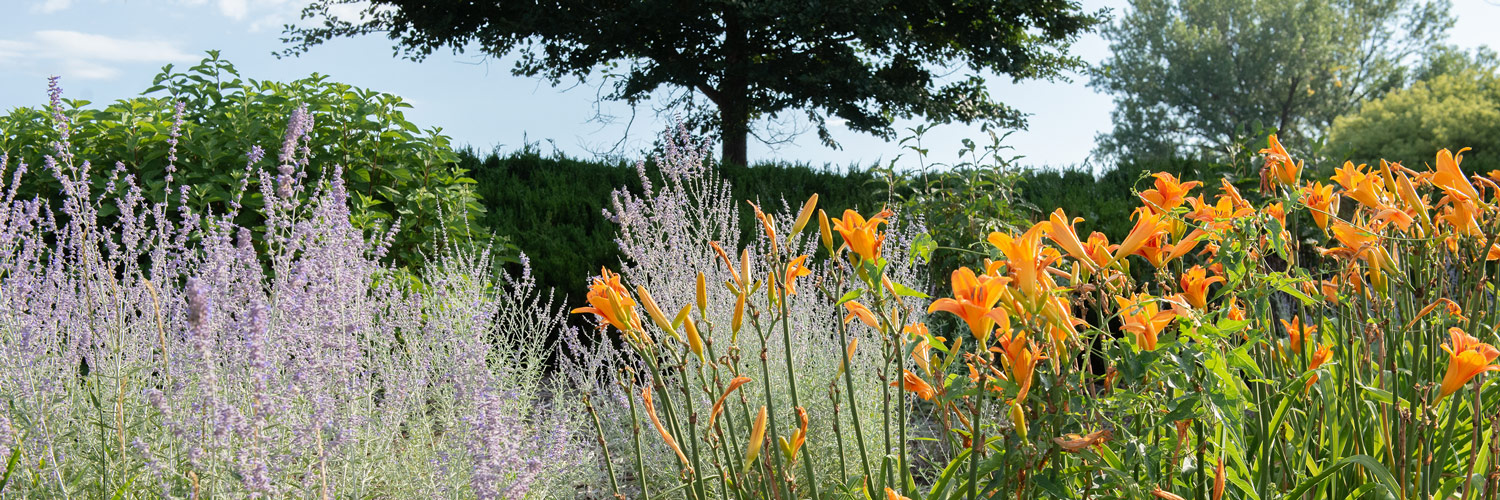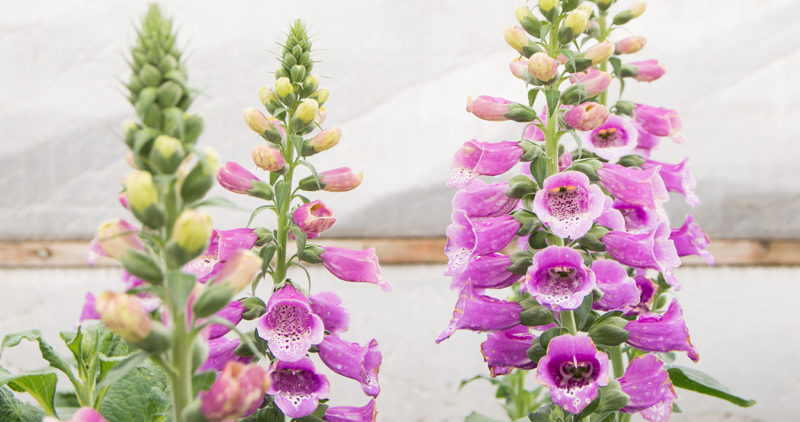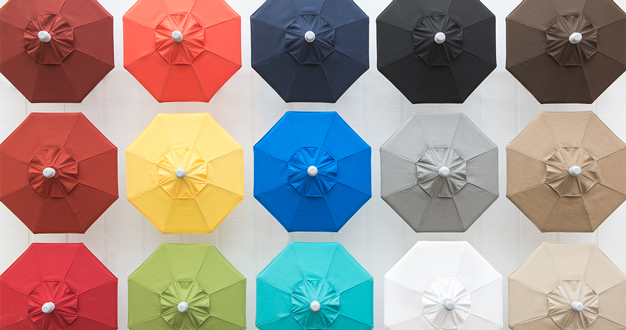
When temperatures soar in the summer, our gardens feel it too. But while we can go inside and grab an iced tea, our outdoor plants aren’t so lucky. Here we share a few easy tips to help your plants overcome the heat and continue thriving through the season.

Water Early in the Day
Hydration is key to staying healthy in the warm sun – and the same goes for your plants. Watering in the morning prepares plants for a hot day by letting them fill up while it’s still cool. It also replenishes the soil moisture so plants have water to draw on when they need more later in the day too. And early watering gives the foliage a chance to dry off long before nightfall when damp leaves can encourage powdery mildew, molds, and other issues.
Having a morning watering routine can also help fight the urge to overwater plants that only appear to be thirsty later in the day. In extreme heat, drooping or curling leaves can be part of a plant’s natural means of coping with the heat. So if you notice that your plants droop in the hottest part of the day, take a second to check the soil before you add more water. If the soil is moist, the plants should perk up again as the temperatures cool down in the evening.
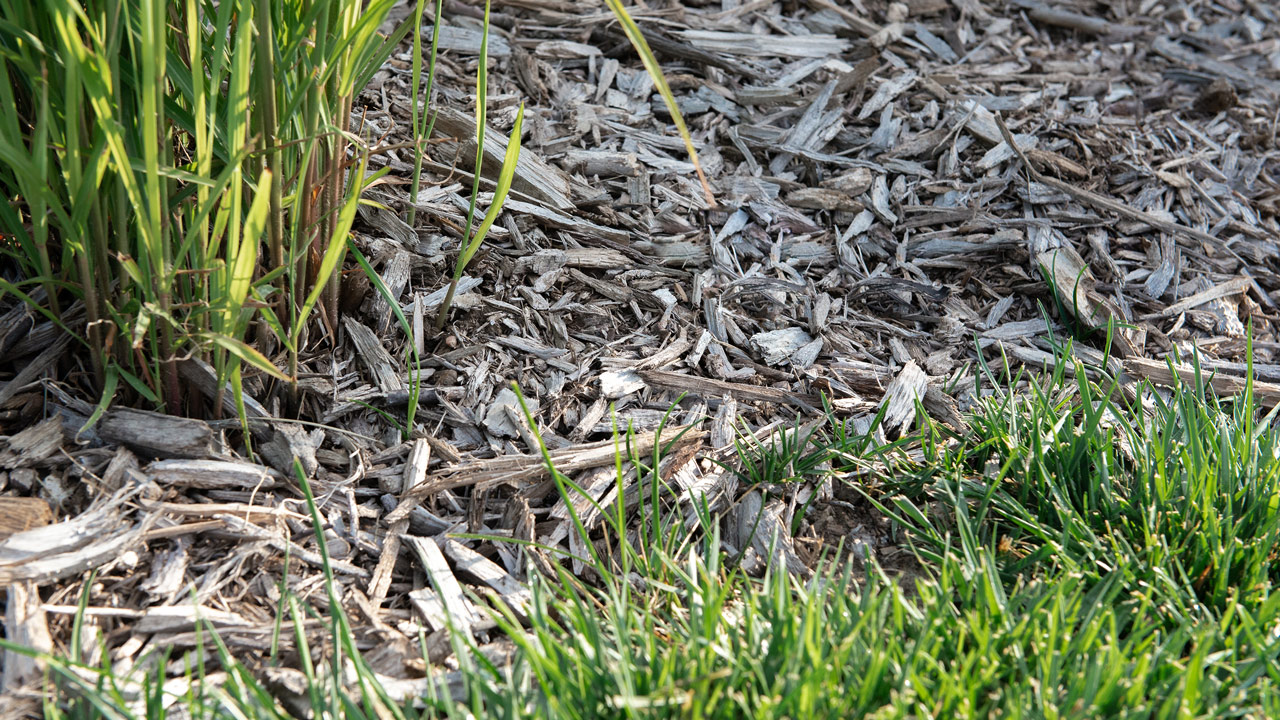
Mulch Your Beds
When the sun is blazing, plants generally drink more water, and moisture in the soil evaporates more quickly – especially when the soil is uncovered. To keep that valuable moisture from escaping into the air, be sure to add a layer of organic mulch around your landscape and garden plants – two to four inches is ideal. Mulch also prevents water-wasting run-off, erosion, and competition from weeds too. And mulch reduces stress on plants by keeping the roots cool and preventing water from splashing onto the foliage where it can cause fungal problems. In other words, mulch is a valuable component of a healthy garden.
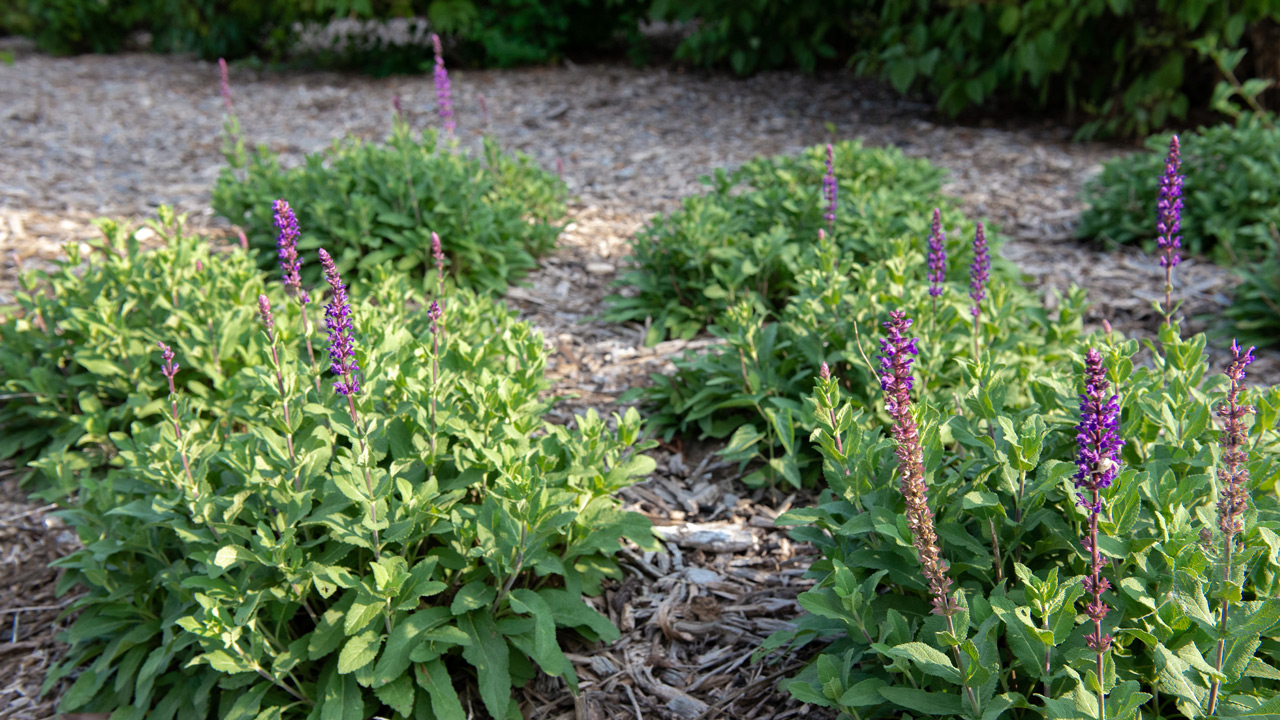
Hold off on Fertilizing
Just like we might choose a light salad over a heavy dinner when we’re hot, plants handle the heat better when they eat less too. When it’s hot outside, high-nitrogen fertilizers can stress your outdoor plants by pushing them to produce new growth when they’re already struggling in the heat. So when temperatures stay above ninety degrees, skip the fertilizer for a while. If you feel like your plants really need something though, choose a low-nitrogen, slow-release fertilizer instead. Or try a plant “vitamin” like SuperThrive which can help your plants get through heat stress too.
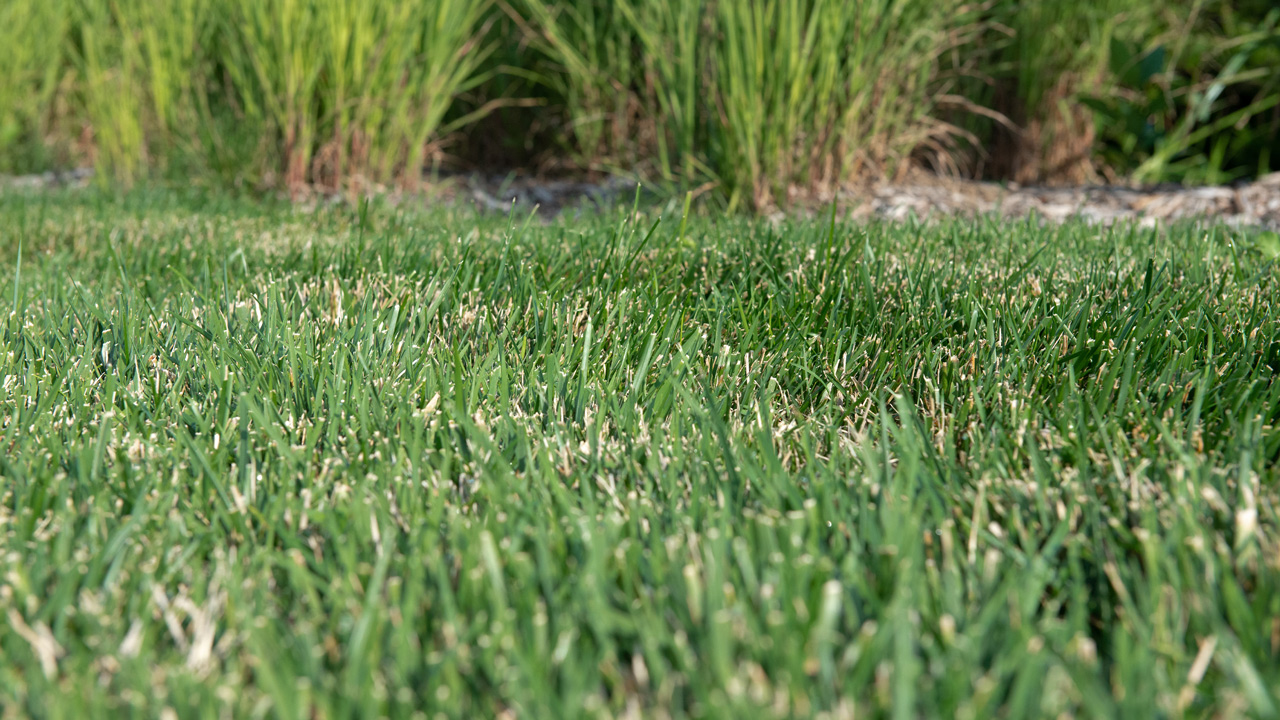
Go Easy on Mowing
In the summer heat, less mowing should be good news for both you and your lawn. In the summer, set your mower height to three inches or higher. The shade provided by taller grass keeps the crowns near the soil cool and prevents them from being damaged by the heat. More above-ground growth also promotes deeper roots below. When you do mow, be sure the mower blade is sharp too. A dull blade can rip or tear the grass, creating rough edges that dry out quickly, turn white, and even invite disease. And if your grass does get a little too long, raise the mower blade up a bit so that you’re never cutting off more than a third of the height at one time. Taking off more than that can damage turfgrass and make it even more susceptible to summertime heat stress.
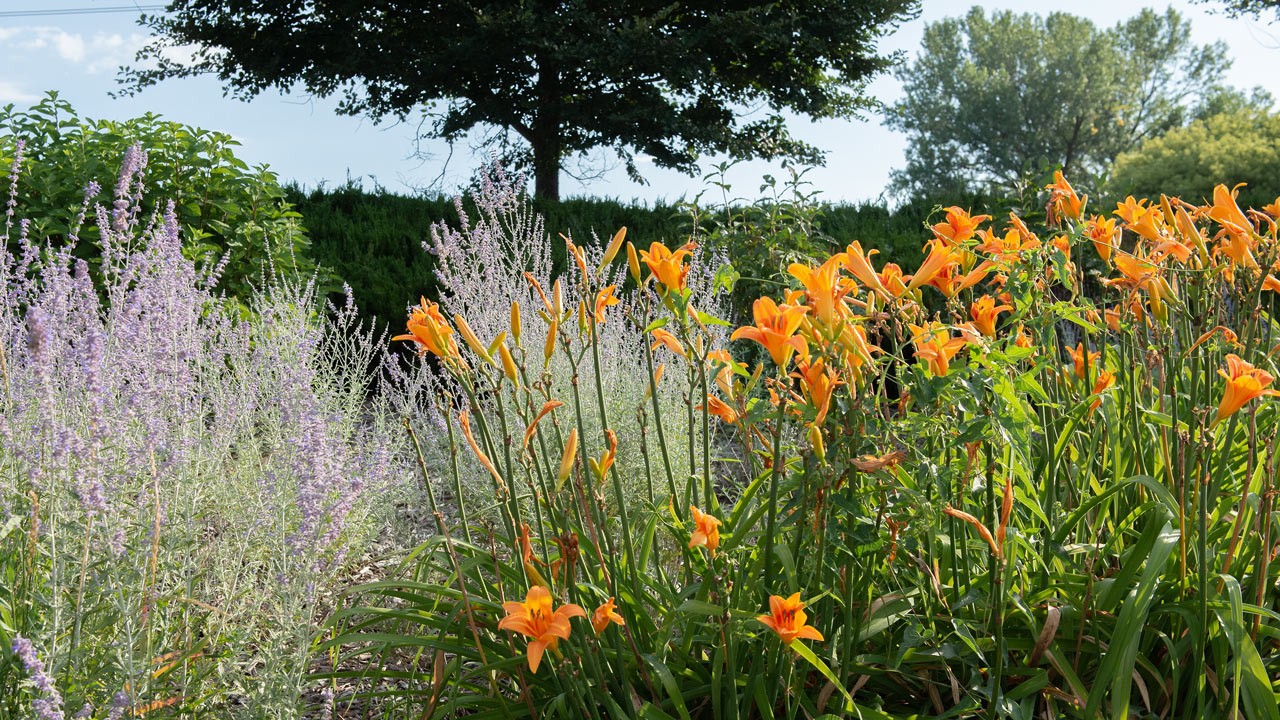
Thriving in the Heat
With a few adjustments to your garden practices, your plants will continue to thrive no matter what the thermometer says. If you have more questions about taking care of your outdoor spaces during these hot summer months, just stop by the Greenhouse. We’re always glad to help.

